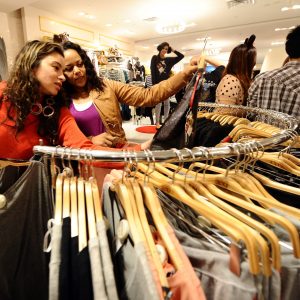
The rate fell to the Bank of England’s two per cent inflation target, after being higher for two months in a row. On a monthly basis, CPI was unchanged in July 2021, compared with a rise of 0.4 per cent in July 2020.
The ONS said that in 2021, price rises in transport were largely offset by price falls for clothing and footwear, and a variety of recreational goods. In 2020, the main upward contributions to the monthly rate came from transport, recreation and culture, and restaurants and hotels.
The consumer prices index including owner occupiers’ housing costs (CPIH) rose by 2.1 per cent in the 12 months to July 2021, down from 2.4 per cent in the 12 months to June. The ONS said the largest upward contribution to the CPIH 12-month inflation rate came from transport which rose 0.85 percentage points.
Why inflation has fallen
We were always going to see some downwards pressure this month, because this time last year, when the economy reopened, the ONS started being able to measure prices for the things it had been estimating for months – like flights and hotel stays. As a result, we saw an artificial bump in prices.
Sarah Coles, personal finance analyst at Hargreaves Lansdown, said: “We’re seeing this bump feed into the 2020 figures, which automatically depresses inflation over the past 12 months. This isn’t going to be a lasting effect, because from this point onwards we’ll be comparing two sets of data where prices were collected more normally.
“A shift in seasonal fashion sales has also fed into the figures. This year, the summer sales came slightly later than usual, because lockdown depressed prices in the first two months of the year and retailers have been making up for lost time ever since. However, discounts started in earnest in July. Last year, retailers discounted throughout the first lockdown to shift stock from shuttered shops, which meant fewer discounts in the summer.”
Derrick Dunne, CEO of You Asset Management, added: “Much to the relief of monetary policy-makers, the UK’s red-hot price inflation has somewhat cooled for the first time since February, with a notable drop in the CPI from 2.5 per cent in June to two per cent in July. But although this undoubtedly eases pressure on the Bank of England, its economists will know that this is merely a recess, not a reversal. Despite the drop, we have not passed the peak.
“Consumer appetite may well have calmed a little since the frenzy surrounding ‘Freedom Day’ in June, but summer sales were a driving factor: the largest downward contributions in July came from recreation and culture followed by clothing and footwear. Nevertheless, demand in general remains strong, and as society slowly restores some normality, there is plenty of potential for further increases.”
















